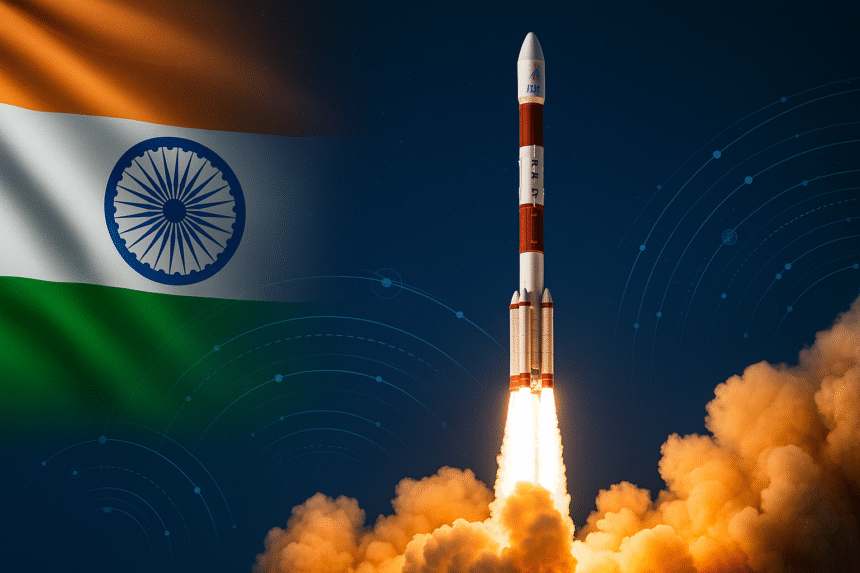India and NASA Join Hands Again with Powerful Earth Observation Satellite
The Indian Space Research Organisation (ISRO) is set to launch PSLV-C63, carrying the much-anticipated NISAR satellite — a joint collaboration between NASA and ISRO to revolutionize Earth observation.
The mission is scheduled for early August 2025, aiming to improve climate tracking, disaster prediction, glacier melt monitoring, and agricultural insights. NISAR (NASA-ISRO Synthetic Aperture Radar) will be India’s most advanced radar-imaging satellite yet.
“NISAR will change how we monitor Earth’s surface — from landslides to groundwater shifts,” said ISRO engineers at Sriharikota launch center.
The PSLV-C63 will lift off from Satish Dhawan Space Centre in Andhra Pradesh. With both L-band and S-band radar, this satellite can provide precise 3D imaging, regardless of cloud cover or night-time conditions.
🌍 Key Highlights:
- 📡 NISAR will scan the Earth every 12 days for high-resolution imaging
- 🌾 Supports crop yield monitoring, coastal surveillance, and urban planning
- 🤝 Joint project funded by NASA ($808M) and ISRO (~₹500 crore)
- 🛰️ Satellite weight: ~2800 kg
- 🗓️ Launch Date: Expected first week of August 2025
Why This Matters:
With extreme weather events on the rise, real-time Earth monitoring is not a luxury—it’s a necessity. This mission reflects India’s growing dominance in space-based Earth analytics and global climate initiatives.
PSLV-C63
“Exciting News! Sejal News Network is now on WhatsApp Channels
Subscribe today by clicking the link and stay updated with the latest news!” Click Here
Our App : Click Here
📰 Latest from Sejal News Network
- Dr. Sarabjit Singh Pays Tribute to Guru Teg Bahadur on 350th Martyrdom Day
- Daily Horoscope for 29 Nov 2025 — Saturday
- Daily Horoscope for 28 Nov 2025 — Friday
Published by Sejal News Network


